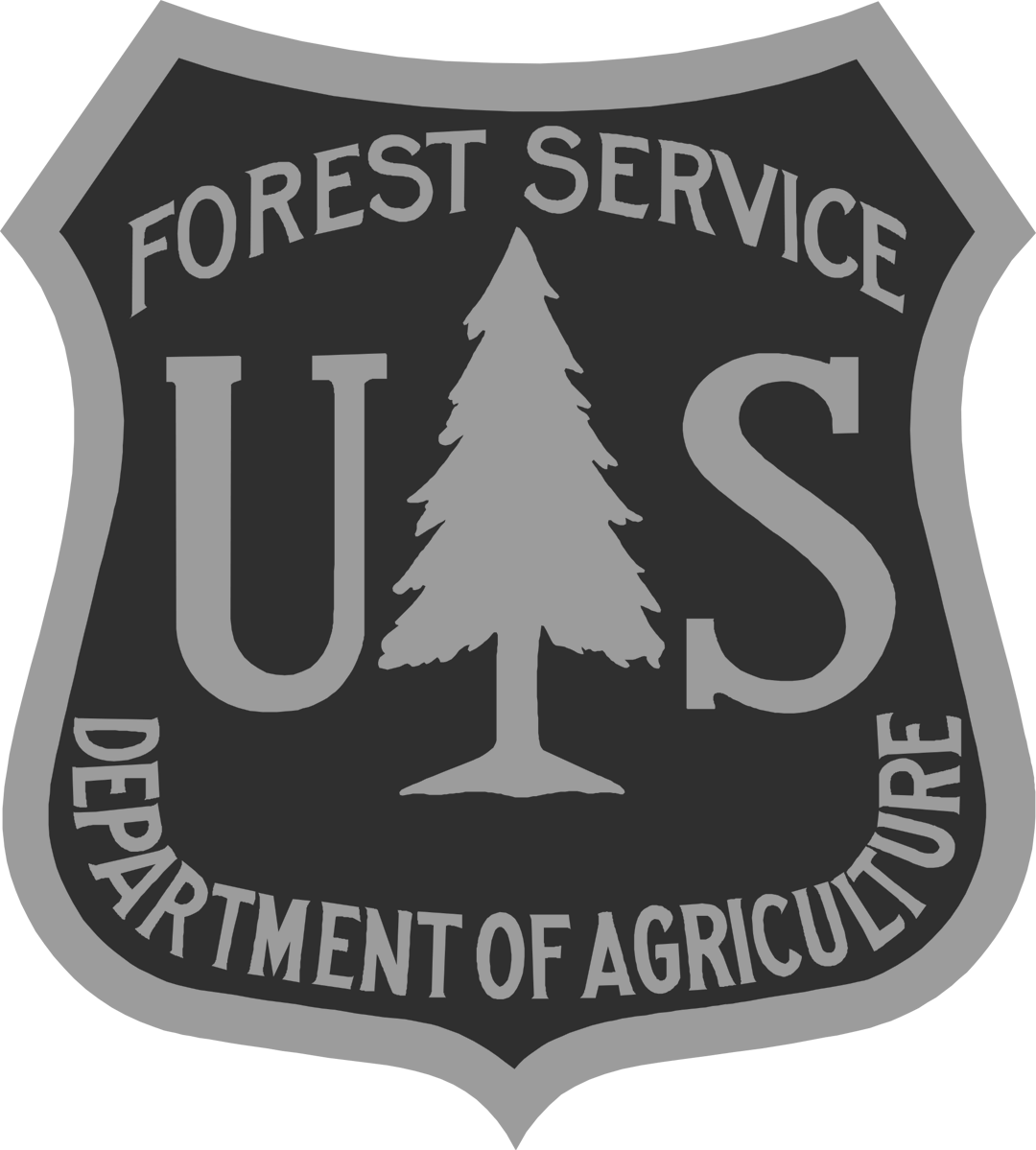Land, Water and People: Hard Tread: The impacts of illegal mountain bike trails

My first mountain bike was tank heavy, but my favorite means of traversing the vales of the Yampa Valley. Since that time I have bounced (and sometimes crashed) down miles of back road and single track. Concurrent with my entre to mountain biking, I learned the craft of cultural resource management; protecting archaeology on federal lands first as a seasonal tech and now forest archaeologist of the Rio Grande National Forest. These two paths have become two loves of my life. How could they possibly come into conflict?
Balance. Without it on a mountain bike, one is a toy of gravity and prone to untold pain to the body. The Diné (Navajo) have a word for balance, hozho:“everything in its place and beautiful.” The same holds true for the management of our public lands. With so many competing interests and resources at stake, we in the federal agencies often struggle to reach hozho when offering new recreational experiences while also protecting vulnerable resources such as archaeological sites or endangered wildlife species.
I made my first troubling discovery of “imbalance” while working for the Routt National Forest. An illegal trail cut through a high elevation American Indian site and a boreal toad breeding site. Boreal toads are the amphibians of the high country; the critter is winking out across the west likely due to habitat loss, disease and a warming climate. When we find breeding sites we sometimes build exclosures around them to keep sheep and other impacts out.
Archaeological sites are analyzed, evaluated for significance, and sometimes tested to gauge the existence and/or depth of cultural deposits. When an illegal trail cuts into a site, it can impact not only surface features (displace) and artifacts (break), it can also destroy buried cultural deposits, ruining research potential. And the toads? It hardly bears mentioning; the breeding site is compromised and toads can be crushed when they move between forest and water across a trail. Surely the rogue trail builders never meant to destroy an archaeological site or put endangered toads in danger. But they did. And that is the point of this story.
I moved to the San Luis Valley to work as a federal archaeologist, but also for its unique and quiet vastness. The archaeology present on both the Rio Grande National Forest (RGNF) and the San Luis Valley Field Office BLM (SLVFO) was like nothing I had ever seen; unique, largely unstudied and often subtle. After eight years I have slowly mapped on to 12,000 years of occupation in the Valley that would take lifetimes to truly fathom, if ever.
Unfortunately, once again I was saddened by the discovery of an illegal mountain bike complex cut through the Elephant Rocks area managed both by the RGNF and the SLVFO. And when I say “cut”, I mean solidly ridden in, complete with cairns and cut trees.
As a whole, the area is a jumble of geology created by the Summer Coon Volcano 30 million years ago and then sculpted by water and wind. Much of the Elephant Rocks area is managed by both agencies for its unique botanical and geological values. The BLM identifies its portion as an Area of Critical Environmental Concern established for the protection of a delicate plant known as rock-loving Neoparrya (Neoparrya lithophilia). During the initial damage assessment, we identified no less than five archaeological sites negatively impacted by the illegal trail system.
Underfunded federal agencies within the San Luis Valley do their best to provide new and sustainable recreational opportunities for locals and for visitors that can help drive local economies. The BLM has been particularly busy in this regard. Citizen proposed trails and local coalitions like those of the Del Norte Trails Association are the appropriate means of bringing new opportunities that can help fund staff necessary for wildlife and archeological inventories, sustainable trail design and trail crews, and necessary signage and maintenance over time. In this era of shrinking budgets, it is more important than ever to work together in balance, toward hozho, for the benefit of our land and our people.
Angie Krall is the Heritage Program Lead for the Rio Grande National Forest.



